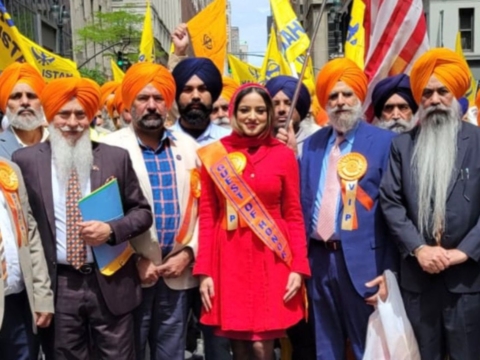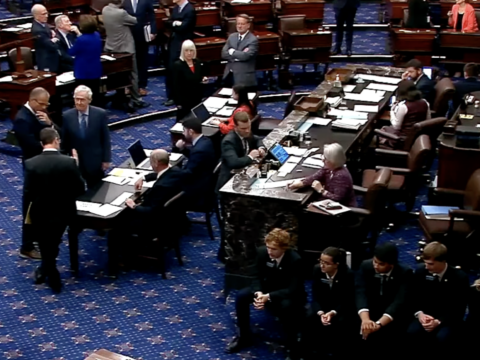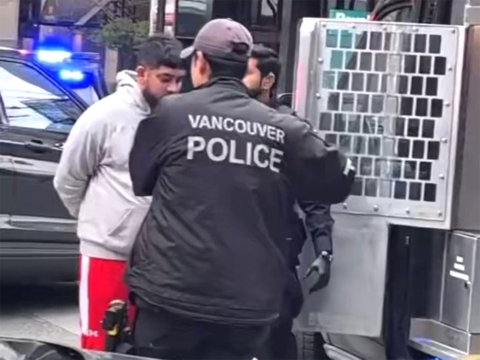KATHMANDU, Nepal (Diya TV) — Nepal’s political landscape witnessed a significant development as the country’s two largest communist parties forged an alliance to establish a new coalition government, incorporating smaller parties into their fold.
Maoist party leader Pushpa Kamal Dahal will continue as prime minister, retaining his position a year after his initial election to the office. In a strategic move, Dahal terminated his partnership with the Nepali Congress party, the dominant force in parliament, and instead allied with the Communist Party of Nepal (Unified Marxist-Leninist), led by Khadga Prasad Oli.
The coalition’s formation saw Dahal appointing three new ministers, who were officially sworn into office by President Ram Chandra Poudel in Kathmandu. Negotiations between the coalition partners are anticipated to lead to the expansion of the Cabinet in the coming days.
Despite being the third-largest group in the 275-seat House of Representatives, Dahal assumed the prime ministerial role last year with the backing of the largest political entity. However, this partnership lasted for only a year.
In the preceding election of 2017, Dahal and Oli merged their respective parties and secured victory. While Oli assumed the role of prime minister, their alliance fractured midway through the five-year tenure.
Nepal has grappled with political instability, witnessing the formation of 13 different governments since 2008 when it transitioned from a centuries-old monarchy to a republic. This latest coalition signals another chapter in the nation’s ongoing quest for political cohesion and stability, albeit against a backdrop of persistent challenges and shifting alliances in the Himalayan nation’s political landscape.




